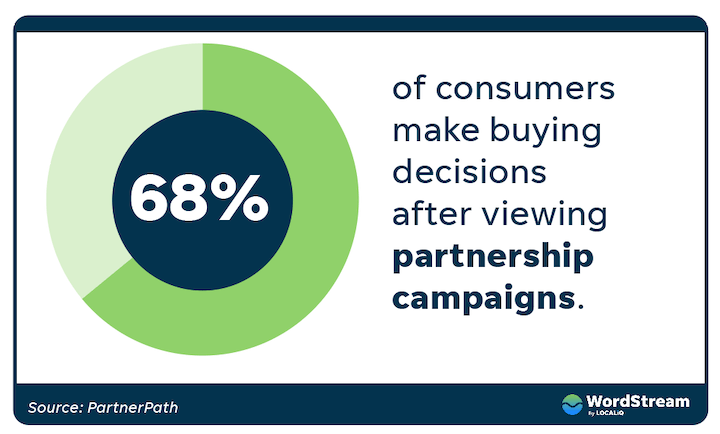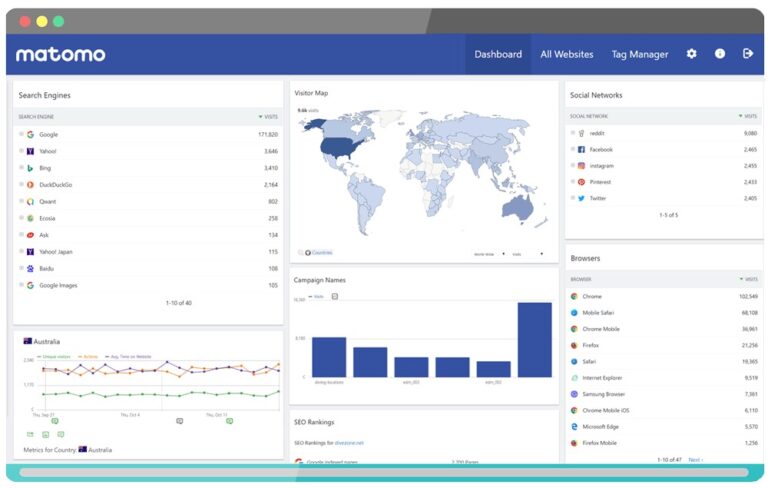
—
A July 2022 report from McKinsey & Company addressed the evolution of retail banking from traditional branches to digital alternatives. The report, titled “Best of both worlds: Balancing digital and physical channels in retail banking,” is based on two McKinsey data sets.
The research highlights how banks in developed countries reduced the number of their branches by 9% in 2021, the most in five years, presumably a reaction to the pandemic.
Customers’ use and preference of digital banking channels (i.e., mobile) differs significantly by region. The users of mobile banking, according to the report, do not necessarily like it. According to a survey from J.D. Power, a research firm, U.S. consumers are switching banks more frequently for multiple reasons.
One, the McKinsey Retail Banking Consumer Survey, queried 60,000 consumers in 28 countries with nearly 80 questions on banking, financial technology, and insurance. The second, McKinsey’s Finalta global banking benchmark, compiles five years of info from 250 major institutions in 50 countries. Online banking use varies across Europe. Penetration in the Nordic region — Norway, Denmark, Finland, Sweden — exceeds 80%. In contrast, Albania, Montenegro, and Bosnia and Herzegovina have penetration rates under 15%. According to the report, banks must address the growing consumer preference for digital banking over physical. A workable solution, according to the report, involves accelerating digital and making physical locations a hybrid, which the report calls “phygital.”






![The Ultimate List of Data Clean Room Providers [2022]](https://research-institute.org/wp-content/uploads/2022/04/the-ultimate-list-of-data-clean-room-providers-2022-768x376.jpg)